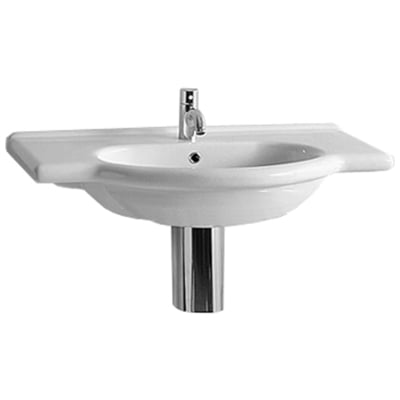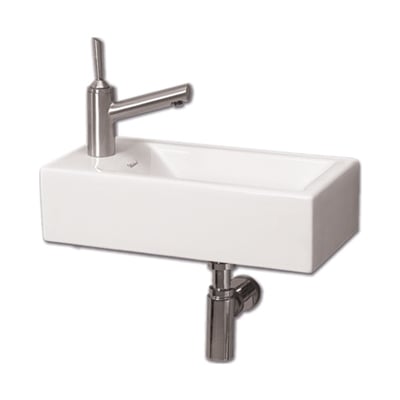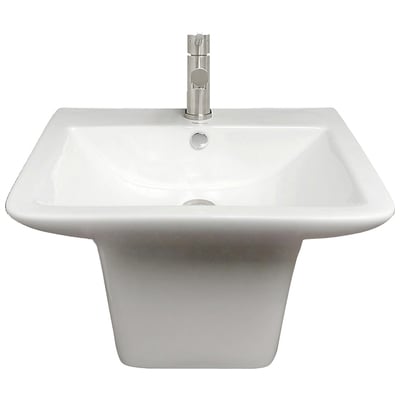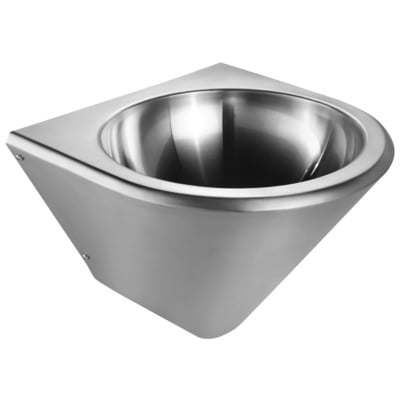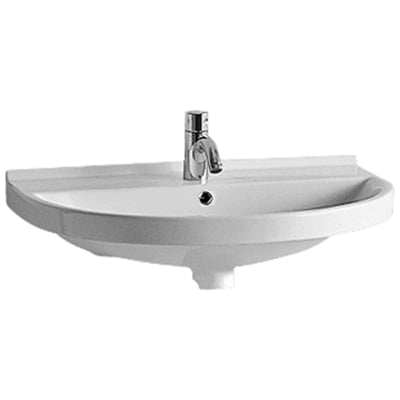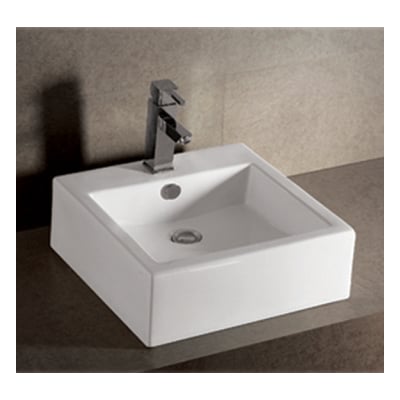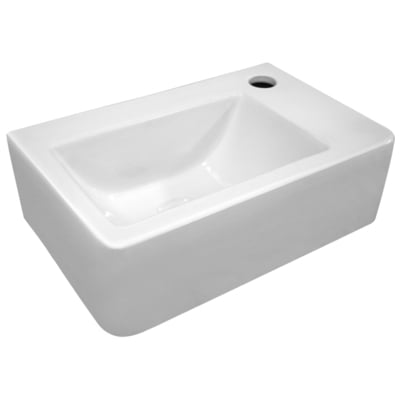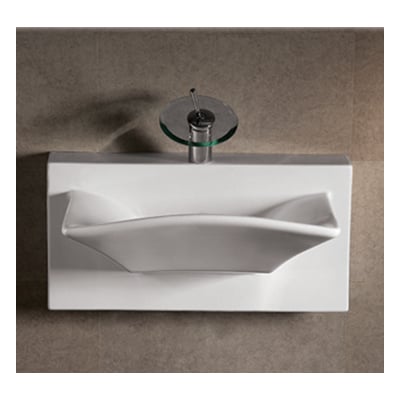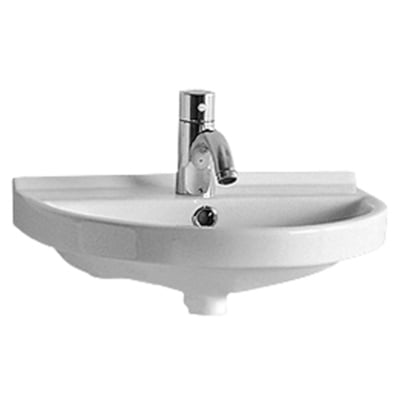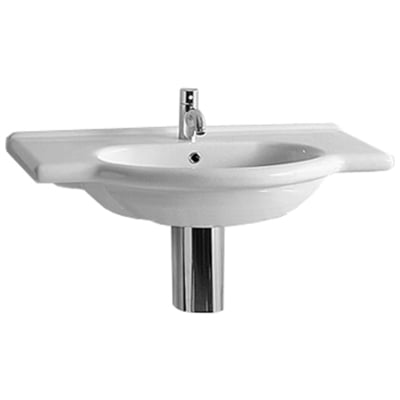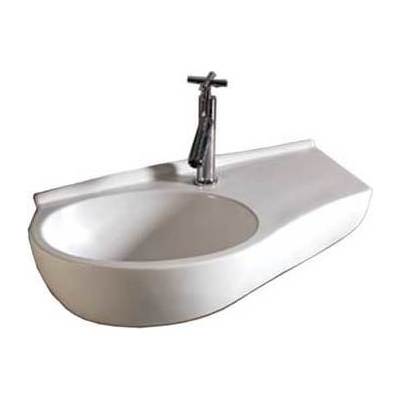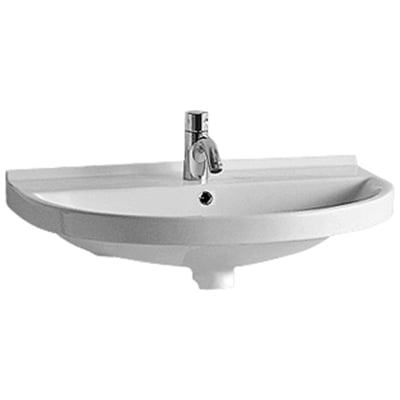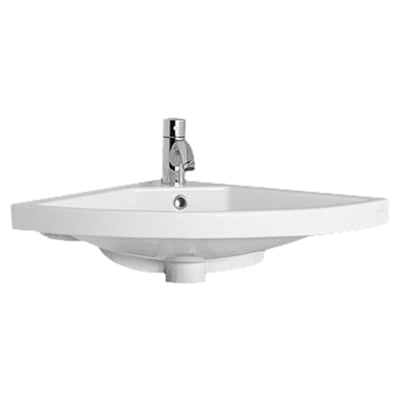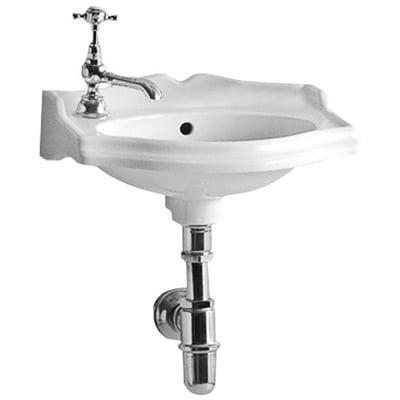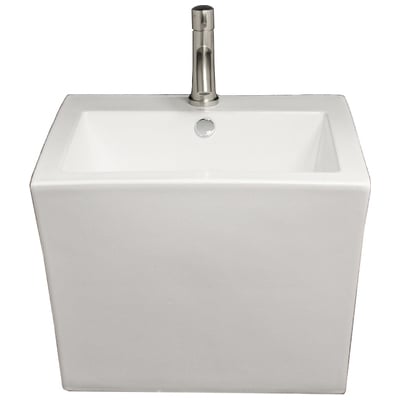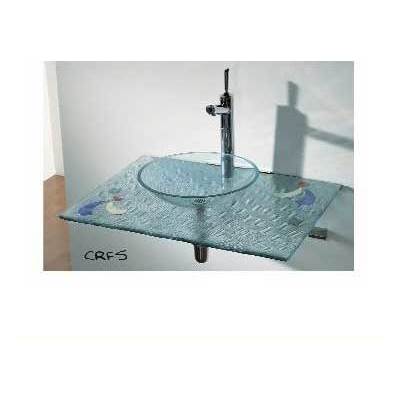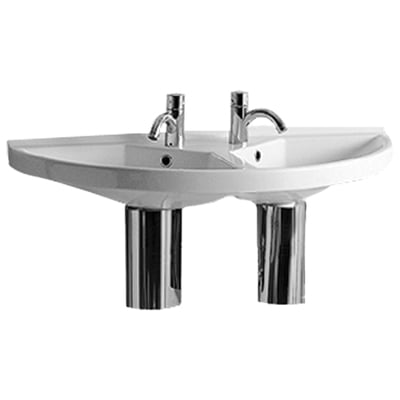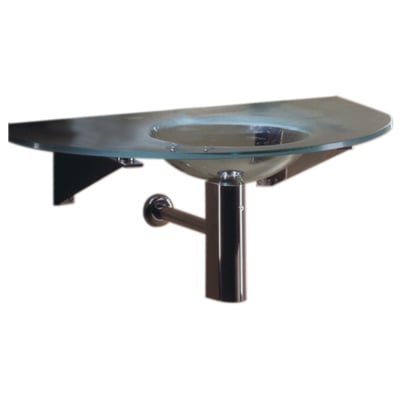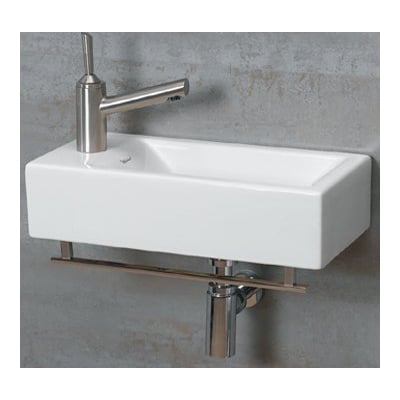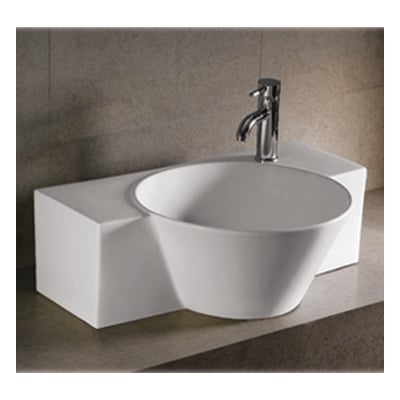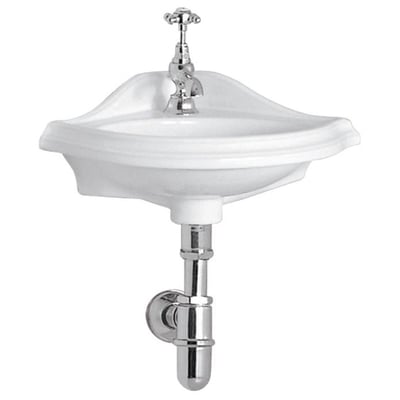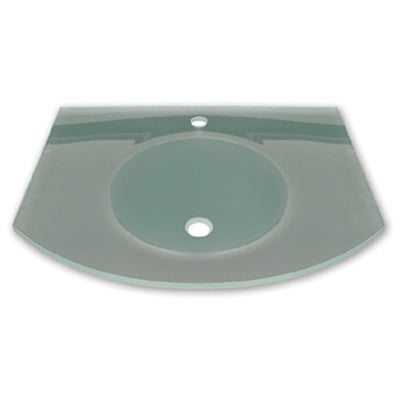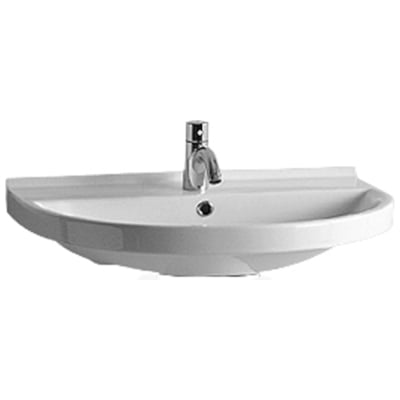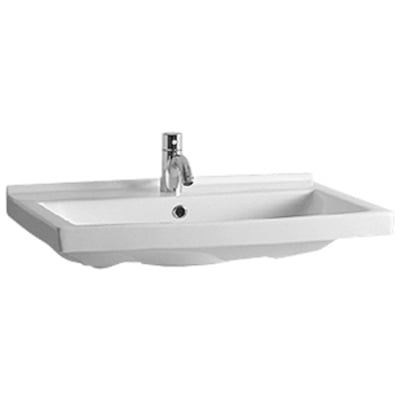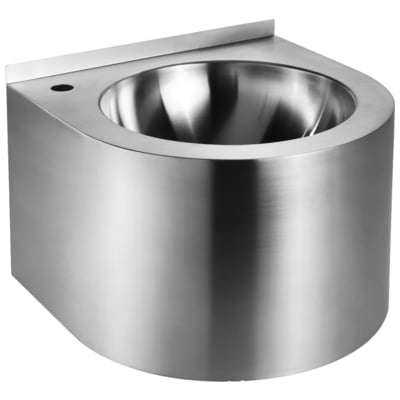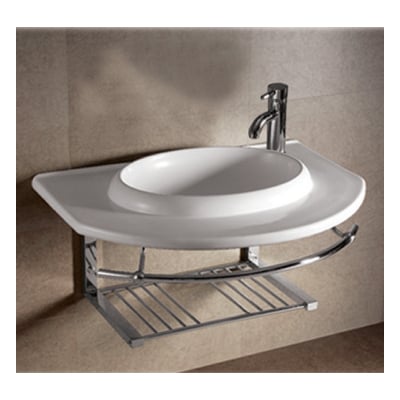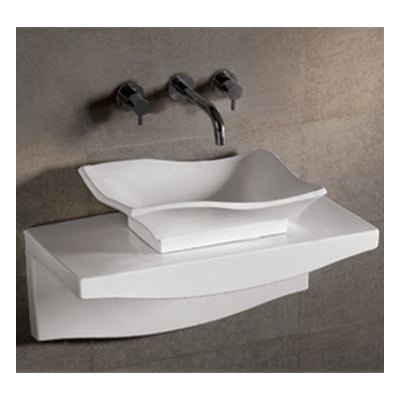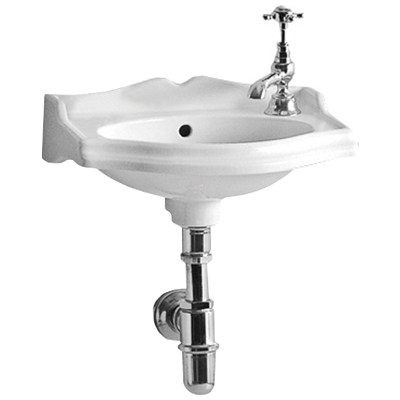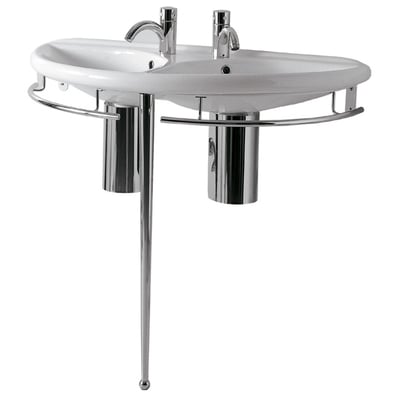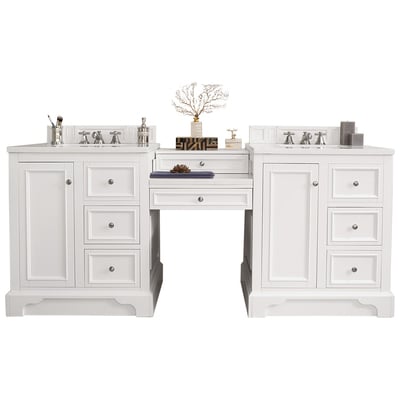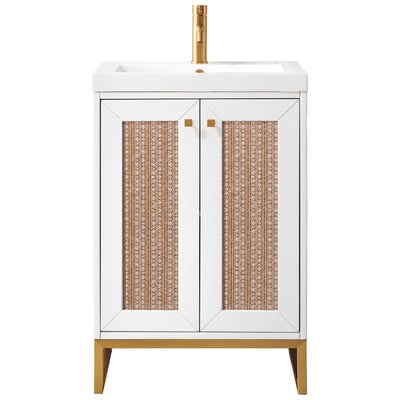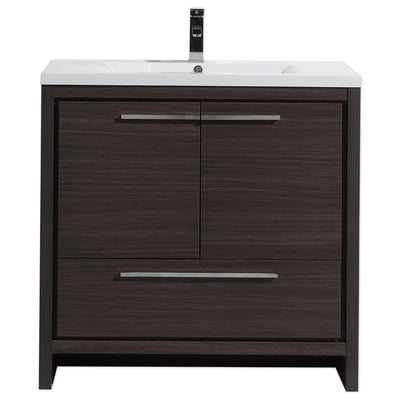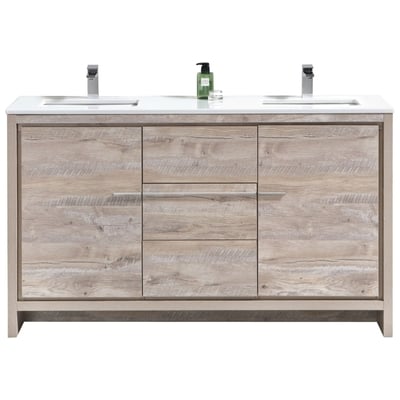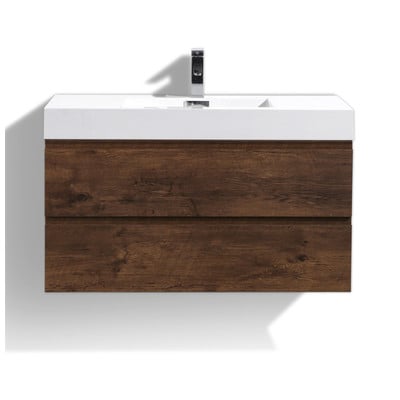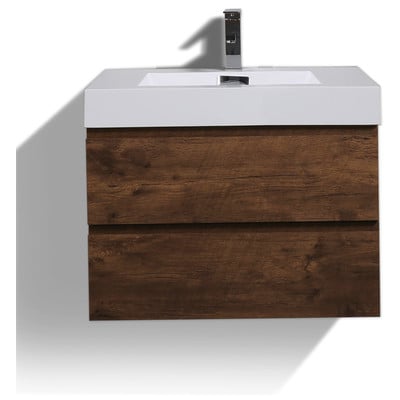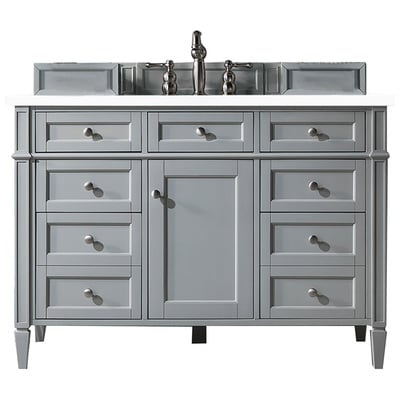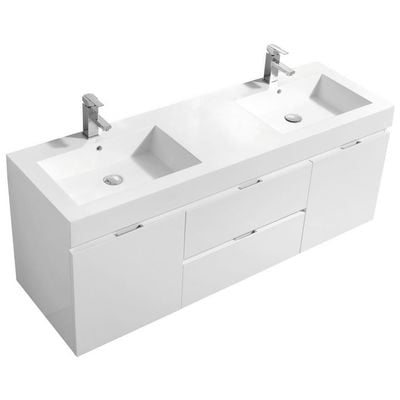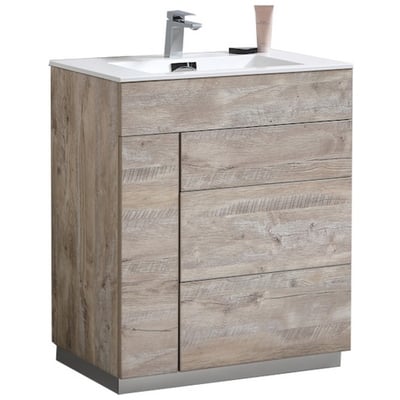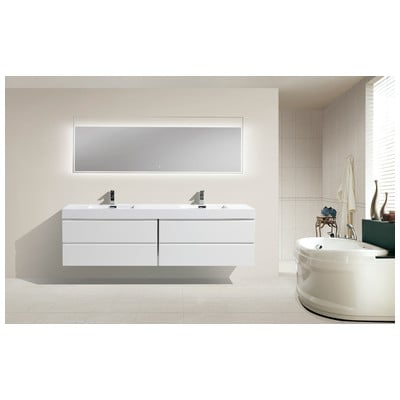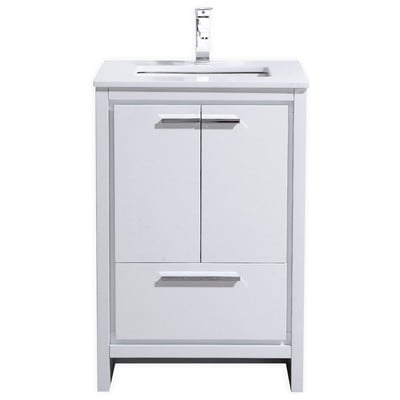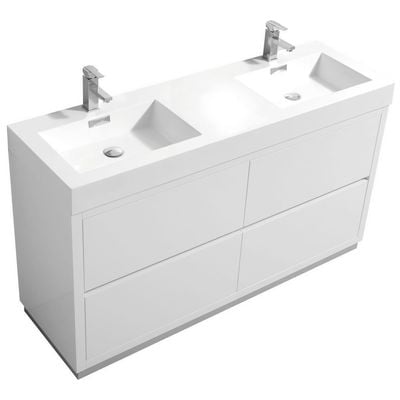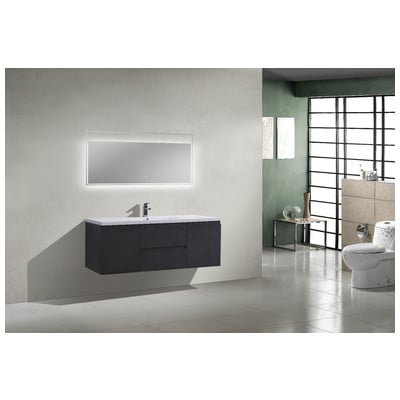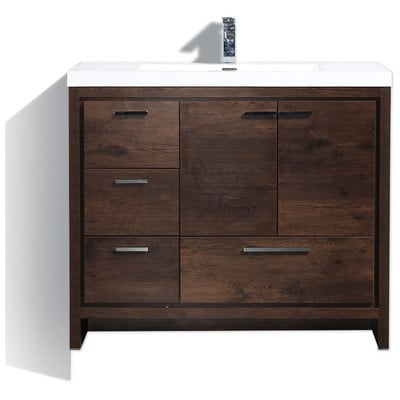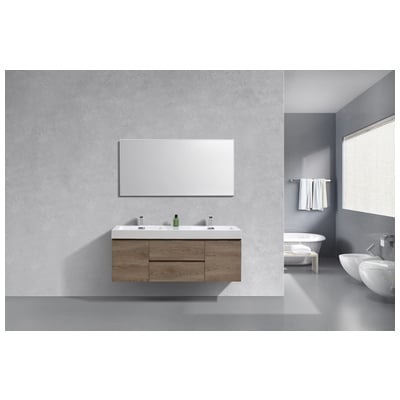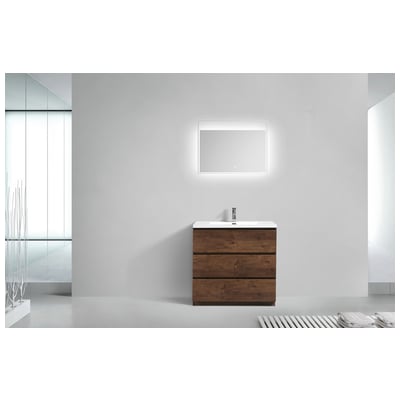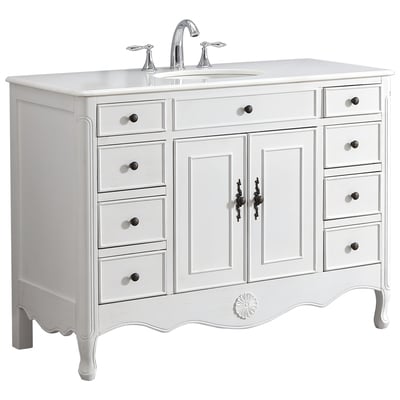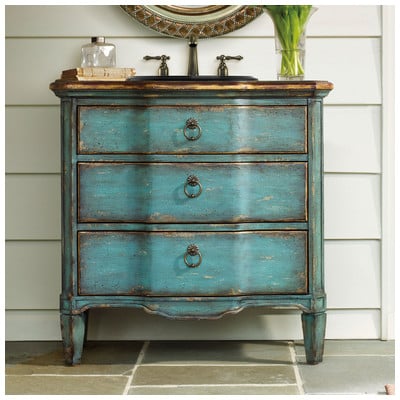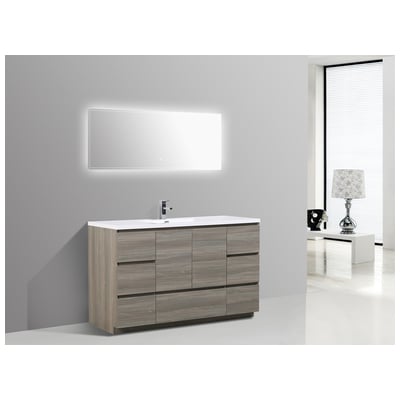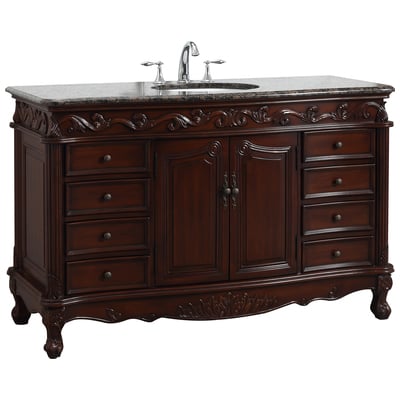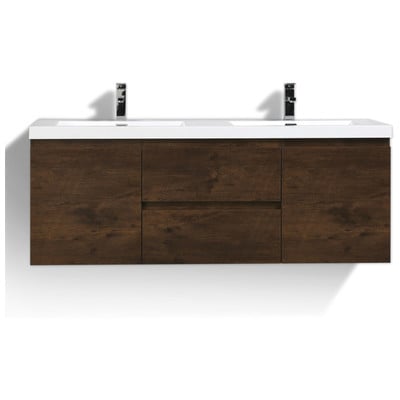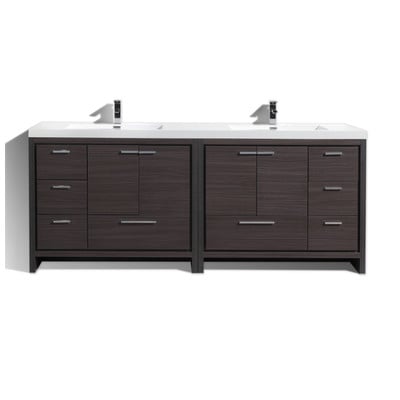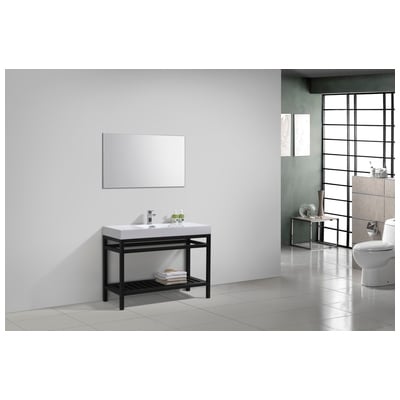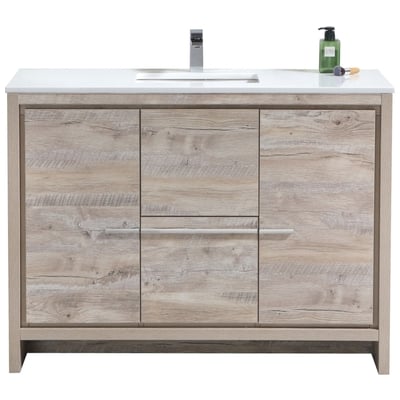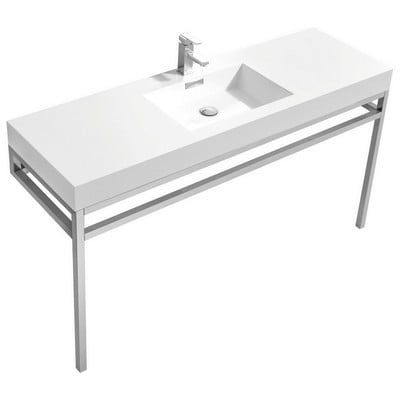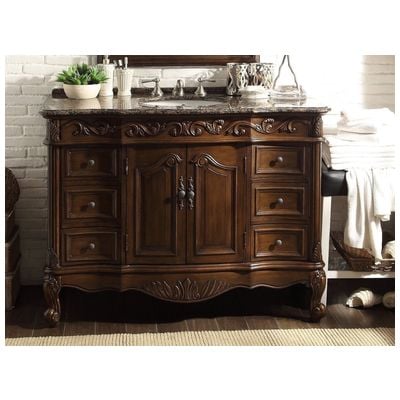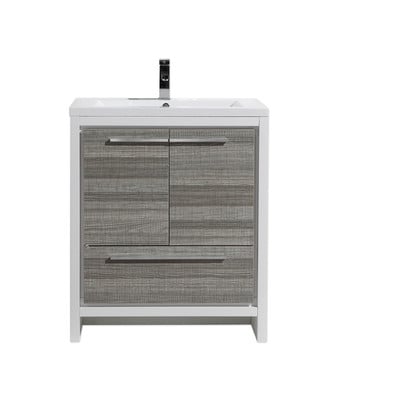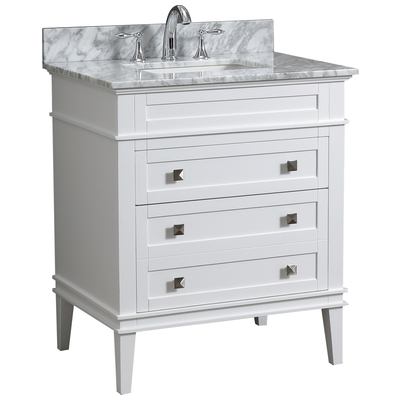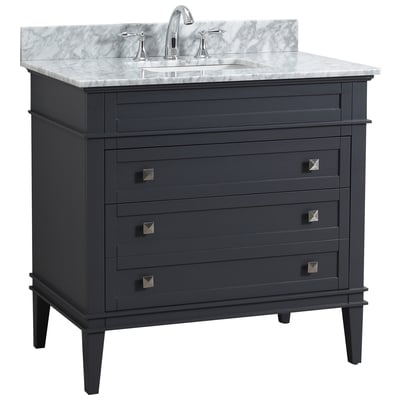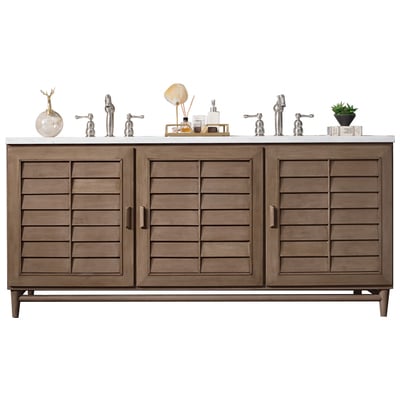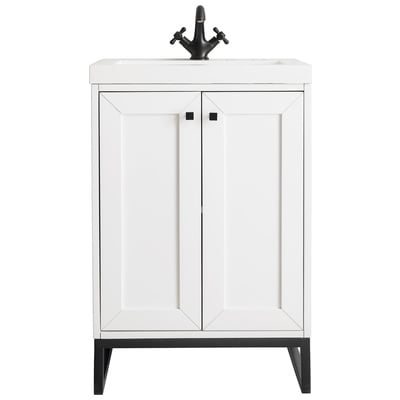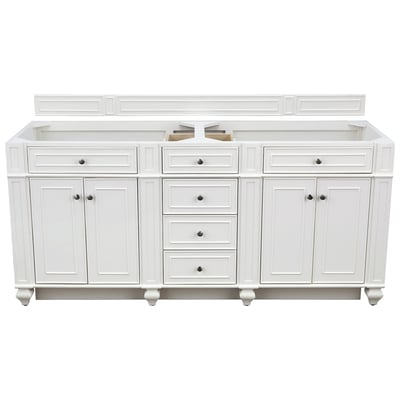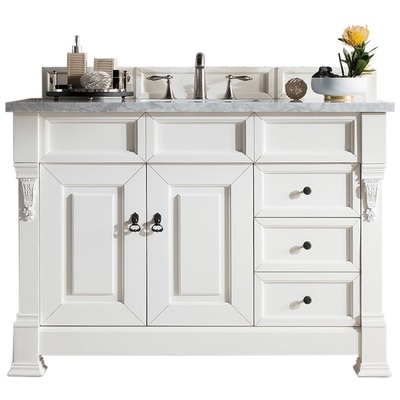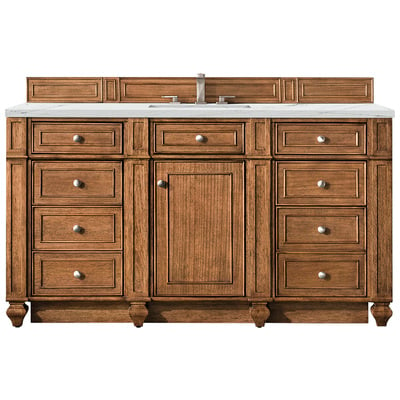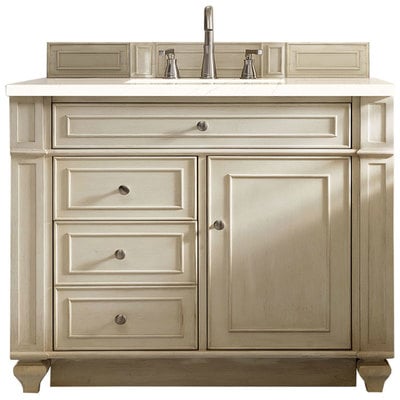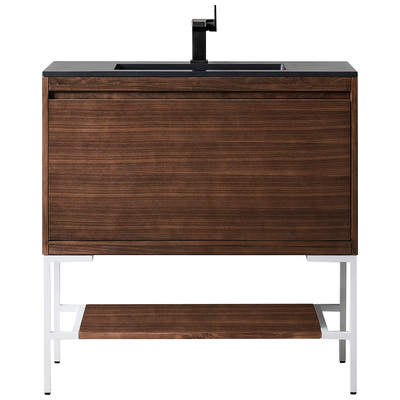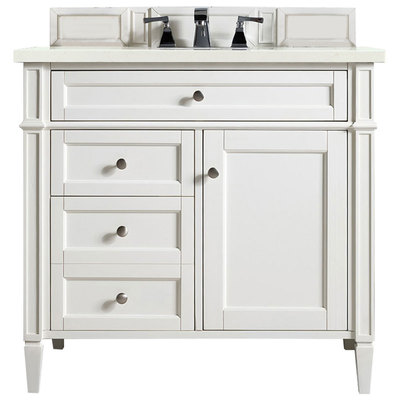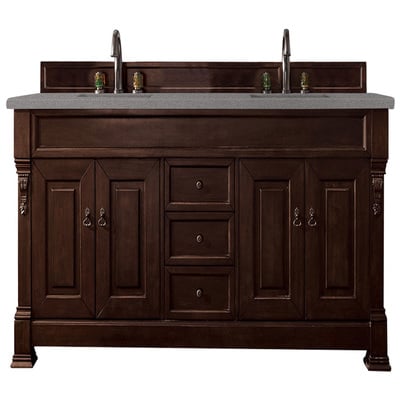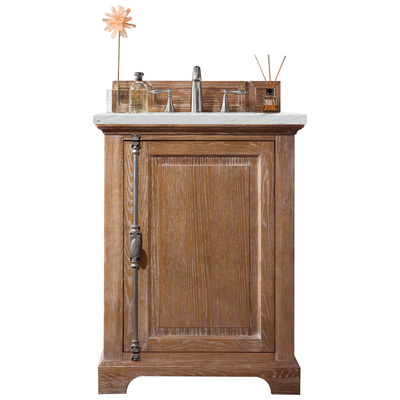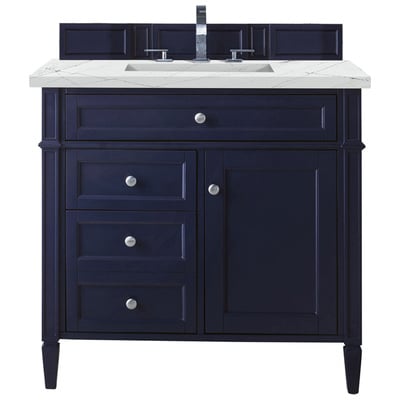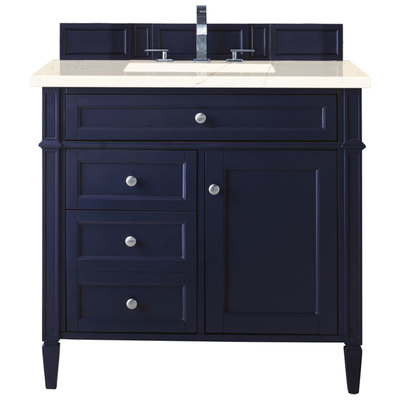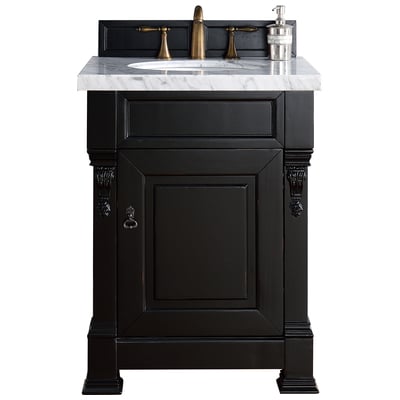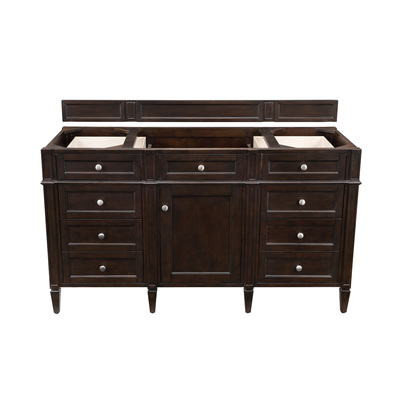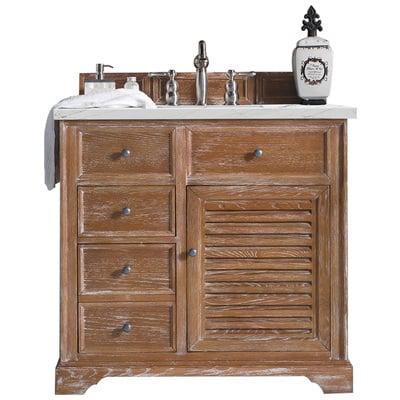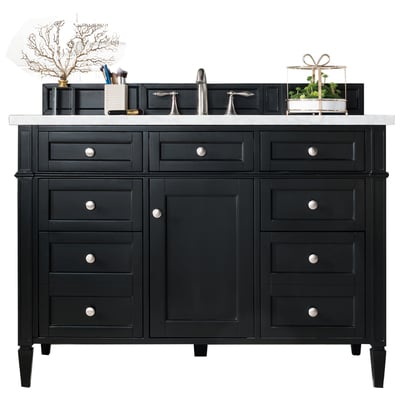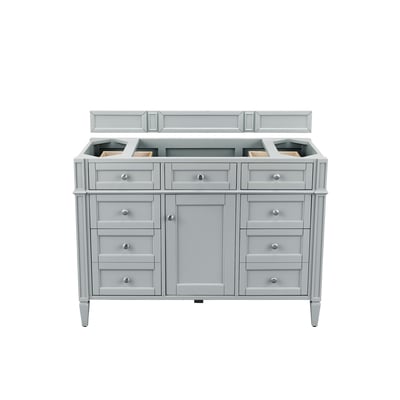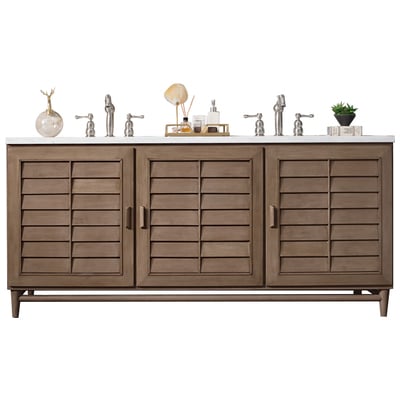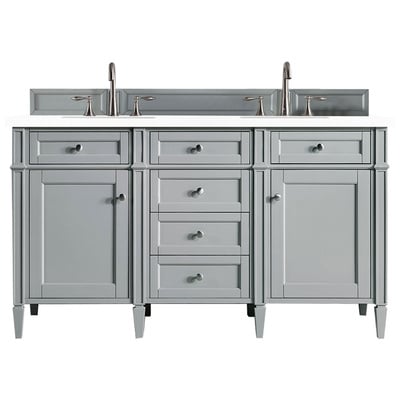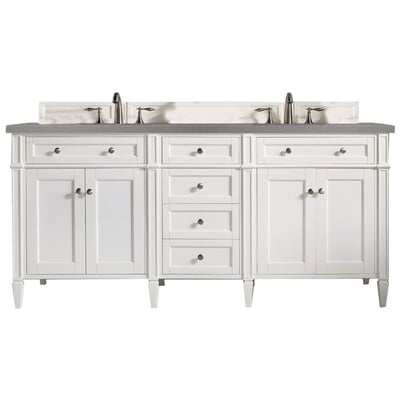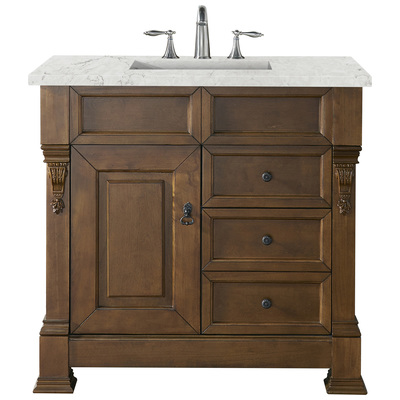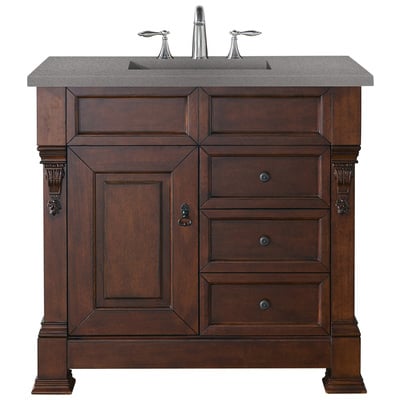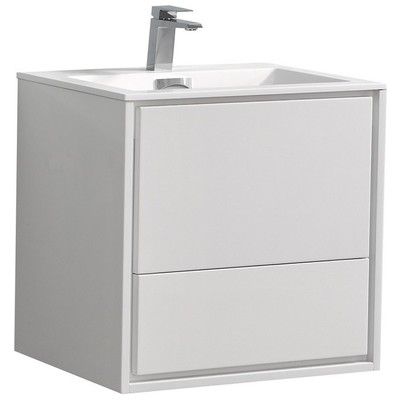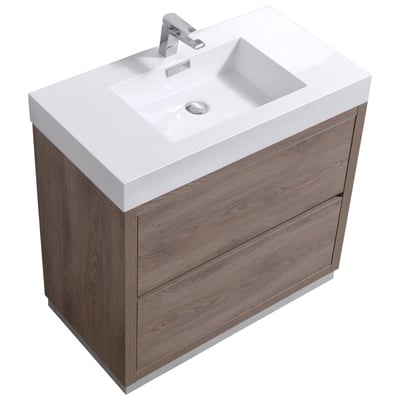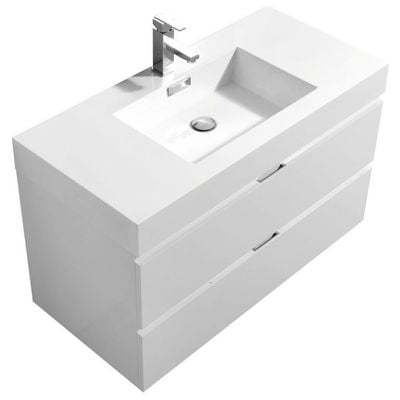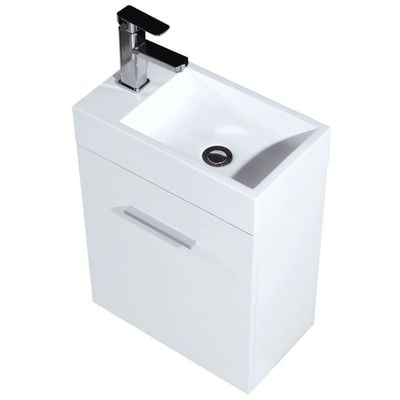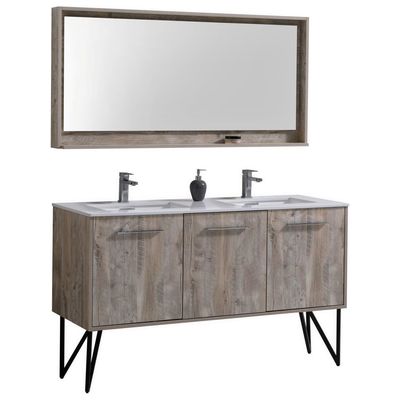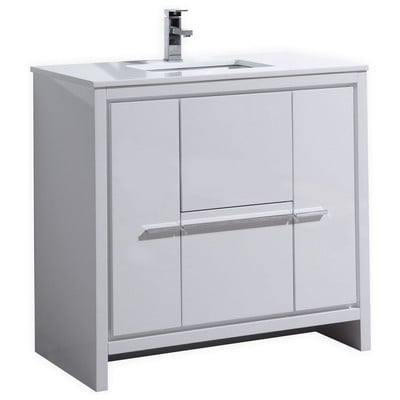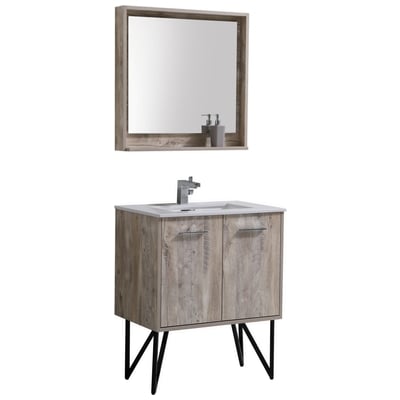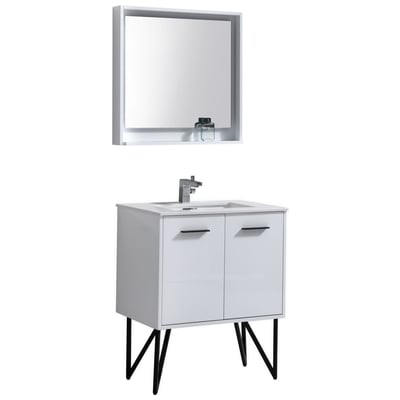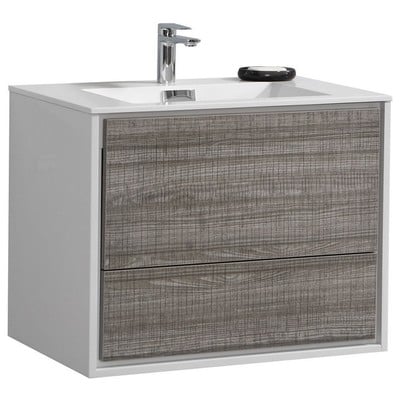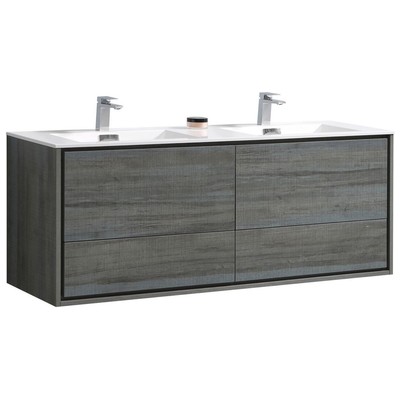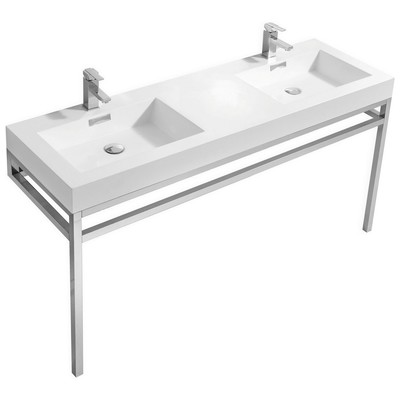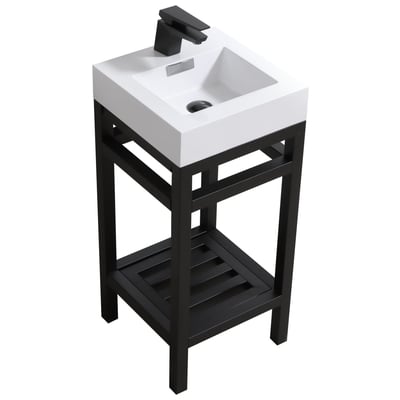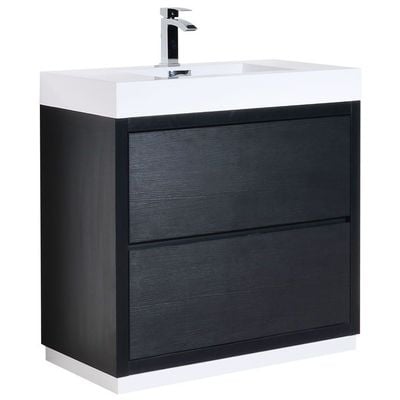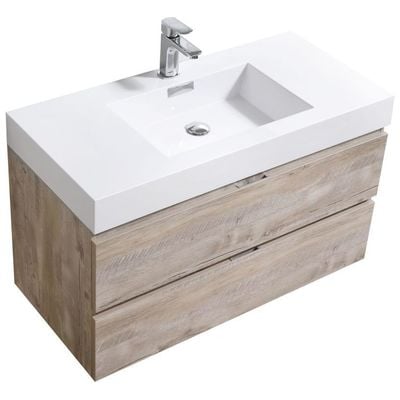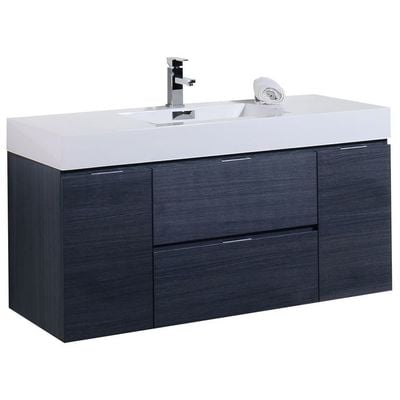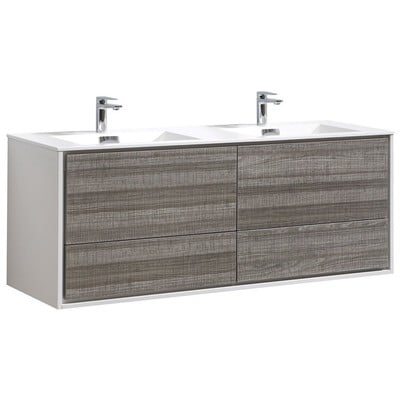As a bit of an occupational hazard, I’ve really fallen in love with bathroom design in all its shapes and forms. From historical restorations to the most contemporary spaces, I think the bathroom is the most fun place in the whole home to play with design. That’s why, today, I want to take a minute to look at the history of bathroom design – or, specifically the history of bathroom vanities and how they’ve changed over the years.
Bathroom Vanities Pre-Plumbing

The original bathroom vanities bore almost no resemblance to what the term probably makes you think of today. In fact, until just a little over a hundred years ago, the bathroom as a whole didn’t really exist. The very first “bathroom vanities” were really washstands like this Bonne Maman from Herbeau. These small wooden tables sat somewhere in your bedroom, equipped with a pitcher full of water and a bowl to wash your face and hands first thing in the morning.
Shop Bathroom Vanities by Herbeau:
The Beginning Of The Bathroom

It wasn’t until the Victorian era that bathrooms became their own separate rooms and started to resemble what we would think of as a modern bathroom. It’s also when we started to perfect indoor plumbing. At this stage, “bathroom vanities” evolved into wall mounted sinks like this China Sink from Whitehaus. At the time, all sinks would have had two faucets – one hot tap and one cold one. These served largely the same function as the old fashioned washbasin, but with hot water and a self-emptying drain.
Shop Wall Mount Sinks by Whitehaus:
Victorian Ideal Of Bathing

During the Victorian Era and continuing into the Edwardian period, it as widely believed to be beneficial to your health, especially for women, to remain in the nude as long as possible after bathing. As such, bathrooms during this period were less utilitarian than the ones we have today, outfitted with exotic wood and lush fabrics and furnishings. Bathroom vanities began to reflect this, in the form of neoclassical pedestal sinks and shapely, leggy console vanities like this Sonnet Petite from Porcher that mirrored the form (and functionality) of aristocratic dressing tables.
Shop Console Lavatory Sinks:
Bathroom Vanities As Bathroom Furnishings

For this reason, for many years the bathroom was treated as something of an extension of the bedroom rather than it’s own private space. As indoor plumbing improved, console vanities evolved into more functional (actual) bathroom vanities. These were often based on the design of furniture – dressing tables, chests, or cabinets – you might find elsewhere in the home, like this Lorraine Vanity from Cole+Co. Based on the traditional french Bombe chest, it has all the elaborate woodwork and hand finished detailing you’d expect to find on furniture in the rest of the home. This is the first true bathroom vanity, at least as we know it today, and an influence that can still be seen in design today.
Shop Bathroom Vanities:
Transitioning From Tradition

Over the last hundred years, these furniture-style bathroom vanities have gradually become more simplified. Transitional bathroom vanities maintain the form of antique furniture styles, but rather than having elaborate floral carvings and detailed, column style borders, these embellishments are stripped away in place of simpler lines. This creates a new type of bathroom vanity like this Glenayre Vanity from Xylem that nods toward the elegance of Victorian parlor or bedroom style baths while making them more casual and comfortable for a more modern setting.
Shop Transitional Bathroom Vanities:
Contemporary Comfort (Or: Modern Minimalism)

In fact, many contemporary bathroom vanities minimize design even further, shifting from beautiful furniture to pieces with straightforward 90 degree angles and smooth, simple lines, like this Devon Vanity from Ronbow. This minimalism is inherent in modern design, and is steadily gaining in popularity for the simple reason that it’s easier to live with. We all know that formal dining rooms are being replaced by comfortable, casual kitchens, and the same trend is true in bathrooms. These days, there’s a strong emphasis on simplicity and utility, not at the cost of beauty (unless you think we should have stopped with Victorian designs, of course!). The aim is twofold: building a vanity that’s simpler and more intuitive to use, while fostering beauty in that simplicity.
Shop Modern Bathroom Vanities:
The best thing, though, is that wherever your personal taste leans, bathroom vanities of all these types (and more) are not only still available, but are easy to find. Whether you want a contemporary cottage style bath or the ornate Louis XIV design of your dreams, contemporary bathroom vanity manufacturers are both forging into the future and recreating and innovatively redesigning designs of the past. What’s your favorite stage in the evolution of the bathroom vanity?


